
If you’re looking for an easy-care material for a room in your home, vinyl vs laminate flooring is a popular comparison. Both can be simple to care for and they offer the chance to get a look you like.
Among the range of flooring ideas, vinyl and laminate have qualities in common, but there are distinct differences between them. Which room the floor is for, who shares your home, and aesthetics are among the factors that can make one or the other a better choice.
To assist you in comparing them head-to-head we asked flooring experts to share the characteristics of each, where they’re preferable, and any maintenance issues you should be aware of, and below is their guidance.
Vinyl vs laminate flooring
Both vinyl flooring and laminate flooring can prove practical choices for a variety of spaces. But like any flooring, what they’re made from gives them their looks and their properties, and our guide sets them alongside one another.
Vinyl vs laminate aesthetics
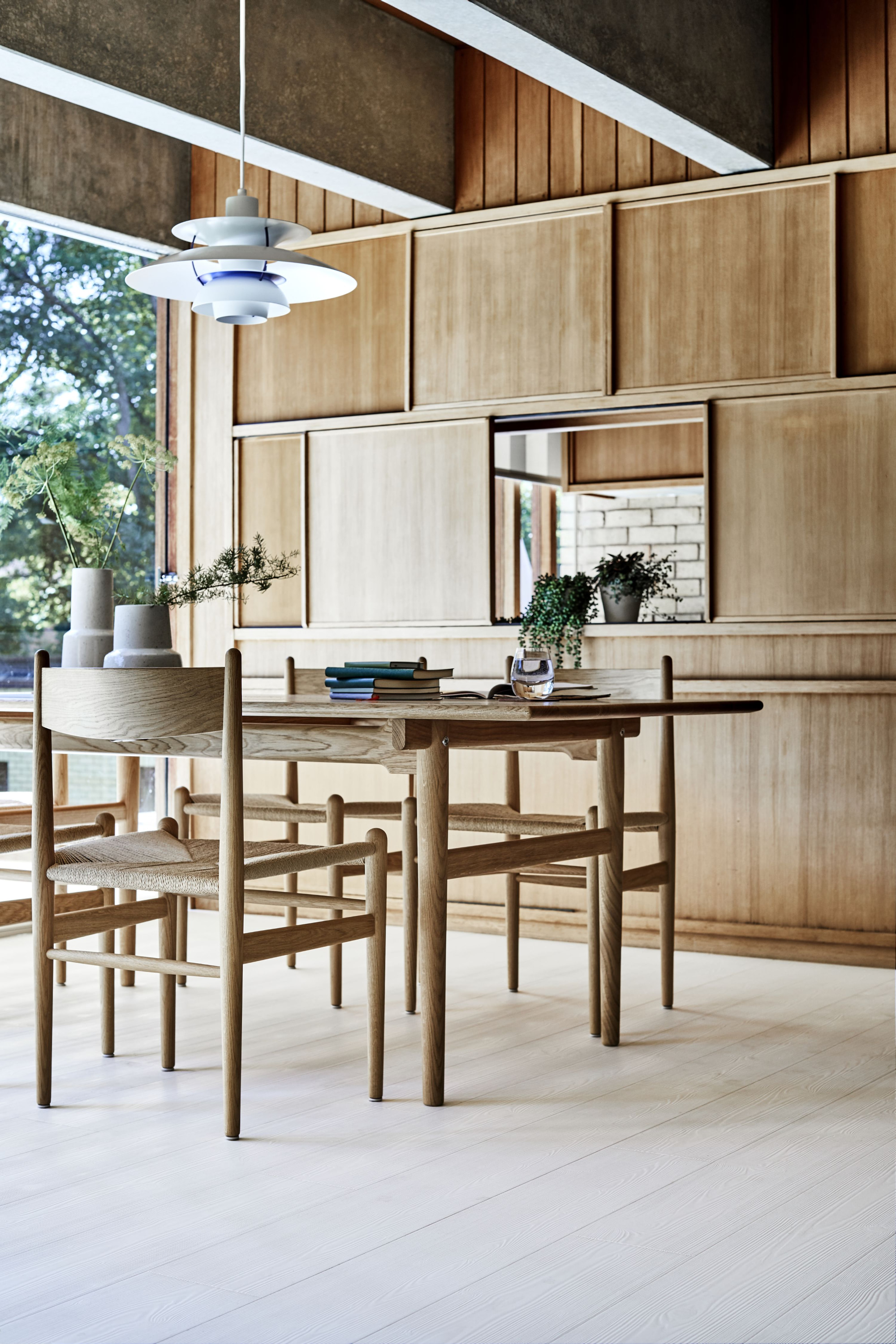
Both vinyl and laminate can have the appearance of other flooring types. ‘Available in sheet, tile, and plank forms, vinyl can mimic wood flooring, stone, or tile effectively,’ says Ron Shimek, president of Mr. Handyman. As for laminate? ‘It provides a variety of design options and textures, closely mimicking the look of natural materials like hardwood and stone,’ he says.
However, feel is also important. ‘Vinyl’s synthetic makeup might lack the tactile warmth and genuineness of materials like laminate or even oak,’ says lead designer at Awning, Elissa Hall. ‘Laminate’s textured surface frequently feels more like genuine wood underfoot,’ she notes.
However, as it yields, vinyl can be preferable. ‘It’s softer and more comfortable underfoot compared to laminate,’ says Rotem Eylor.
You might want to consider floor noise, too, where vinyl could win out for quietness. ‘Without an underlayment, laminate might generate a hollow sound,’ says Jennifer Rogers, designer at BKC Kitchen and Bath.
Vinyl vs laminate around the home
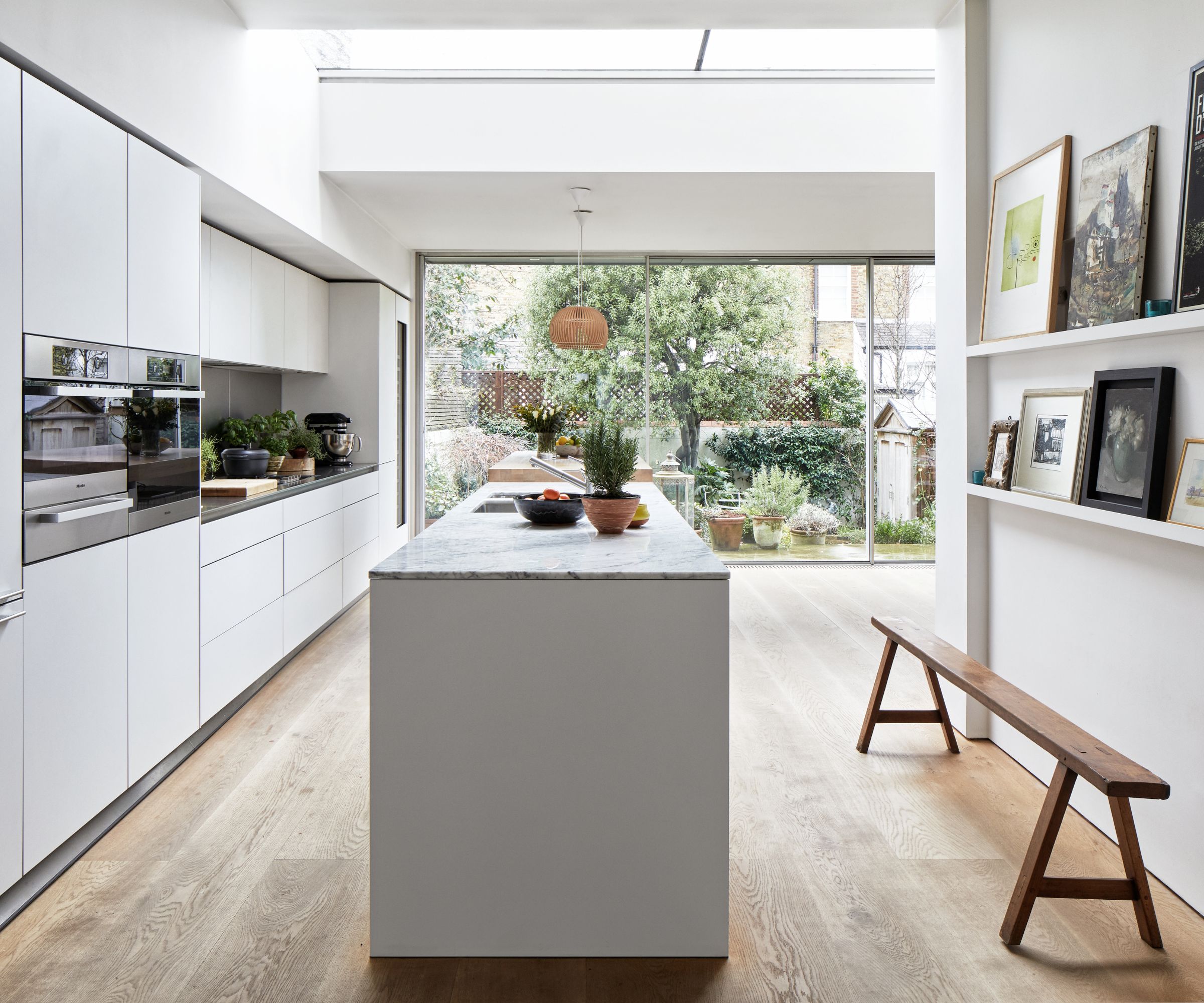
The room in which you’re going to lay the floor can determine which floor comes out top in the vinyl vs laminate flooring comparison. ‘Vinyl flooring is entirely waterproof, making it a perfect choice for bathrooms, kitchens, basements, and laundry rooms,’ says Ron Shimek.
Laminate isn’t as suitable for rooms where humidity is an issue or spills are likely. ‘It is more likely to be damaged by water than vinyl; long-term dampness can cause warping or swelling,’ says Elissa Hall. However, bear in mind that it is possible to get moisture-resistant laminate flooring, points out Rotem Eylor, CEO and founder of Republic Flooring.
Note, as well, that room orientation might influence your choice. ‘Prolonged exposure to sunlight can cause vinyl discoloration, making it less suitable for areas with significant natural light,’ says Ron.
Vinyl vs laminate maintenance and durability
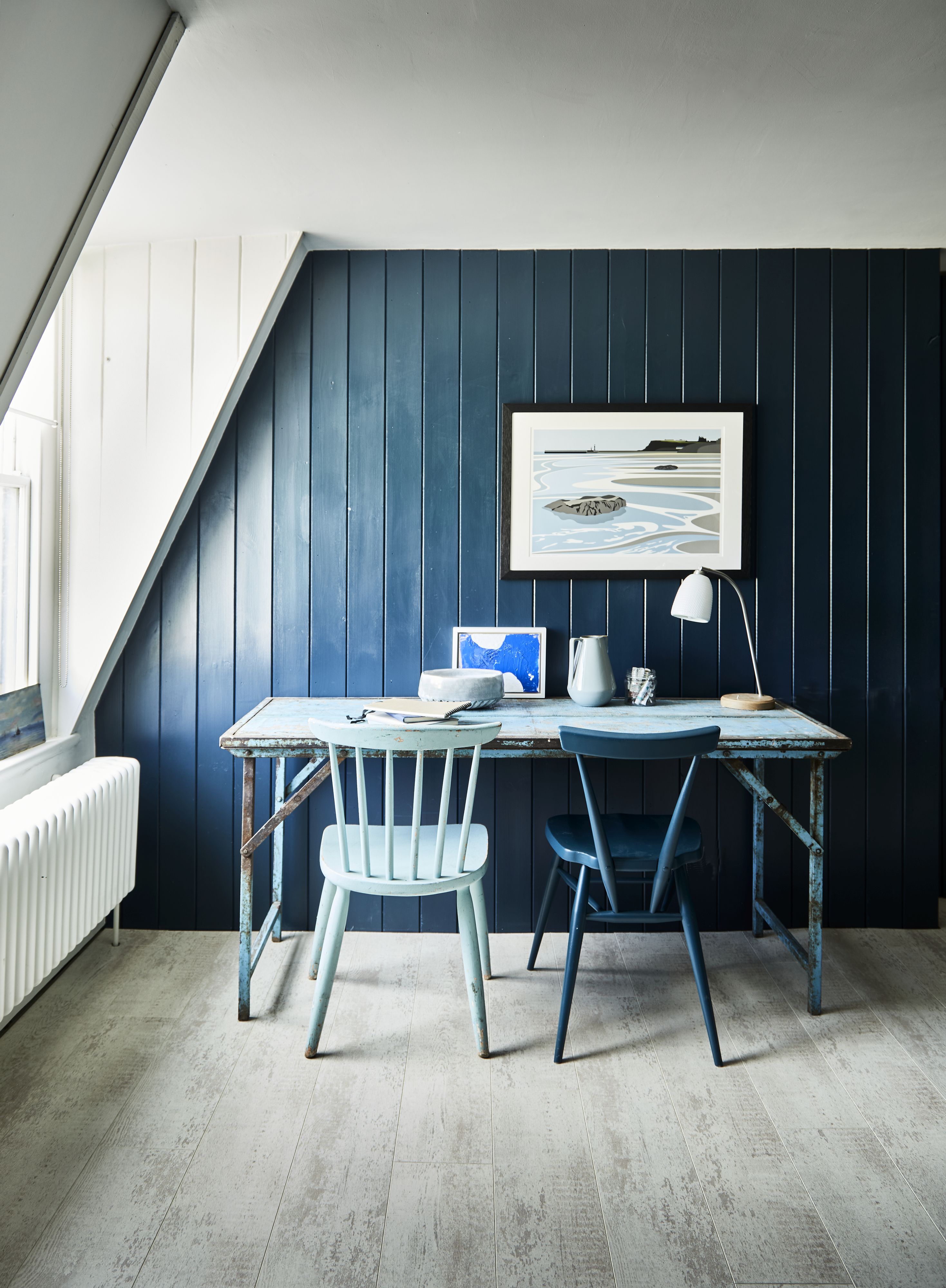
Cleaning vinyl flooring isn’t hard work. ‘Vinyl is low maintenance, requiring only regular sweeping and occasional mopping,’ says Rotem Eylor. However, the same methods can be used to clean laminate flooring, so they’re equally trouble-free in this way.
In the long term, although both vinyl and laminate flooring are durable, a high quality vinyl might have the edge, suggests Jennifer Rogers. ‘Vinyl can resist high foot traffic and is less likely to scratch, making it perfect for families with children or pets,’ she says.
Elissa Hall suggests: ‘Laminate shines in living rooms or bedrooms where visual impact is important but where the wear-and-tear danger is rather modest.’
If either are damaged they are repairable. ‘While minor damage can be patched, extensive damage often requires replacing entire sections,’ says Ron Shimek of vinyl. As for laminate: ‘Severe damage often necessitates replacing entire planks or sections, which can be cumbersome,’ he says.
Vinyl vs laminate environmental questions
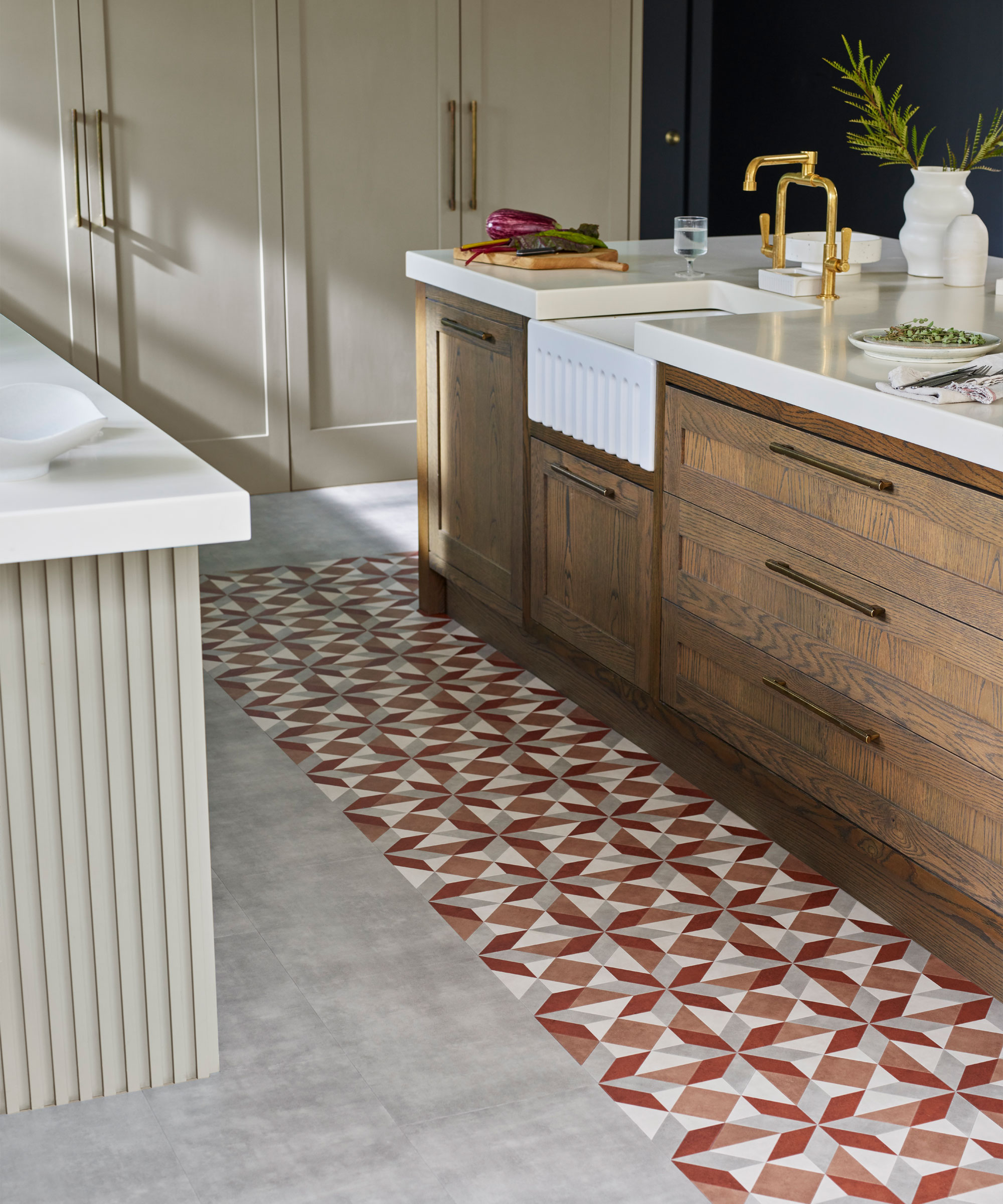
If you’re weighing up the environmental impact of your choice, there are differences. ‘Vinyl is synthetic, non-biodegradable, and difficult to recycle, contributing to its environmental impact,’ says Ron Shimek.
Laminate flooring, by contrast can be made using pre-consumer recycled waste, reducing raw material use, and can be recyclable. Look for the North American Laminate Flooring Association (NALFA) certification seal for these qualities.
Vinyl vs laminate cost and fitting
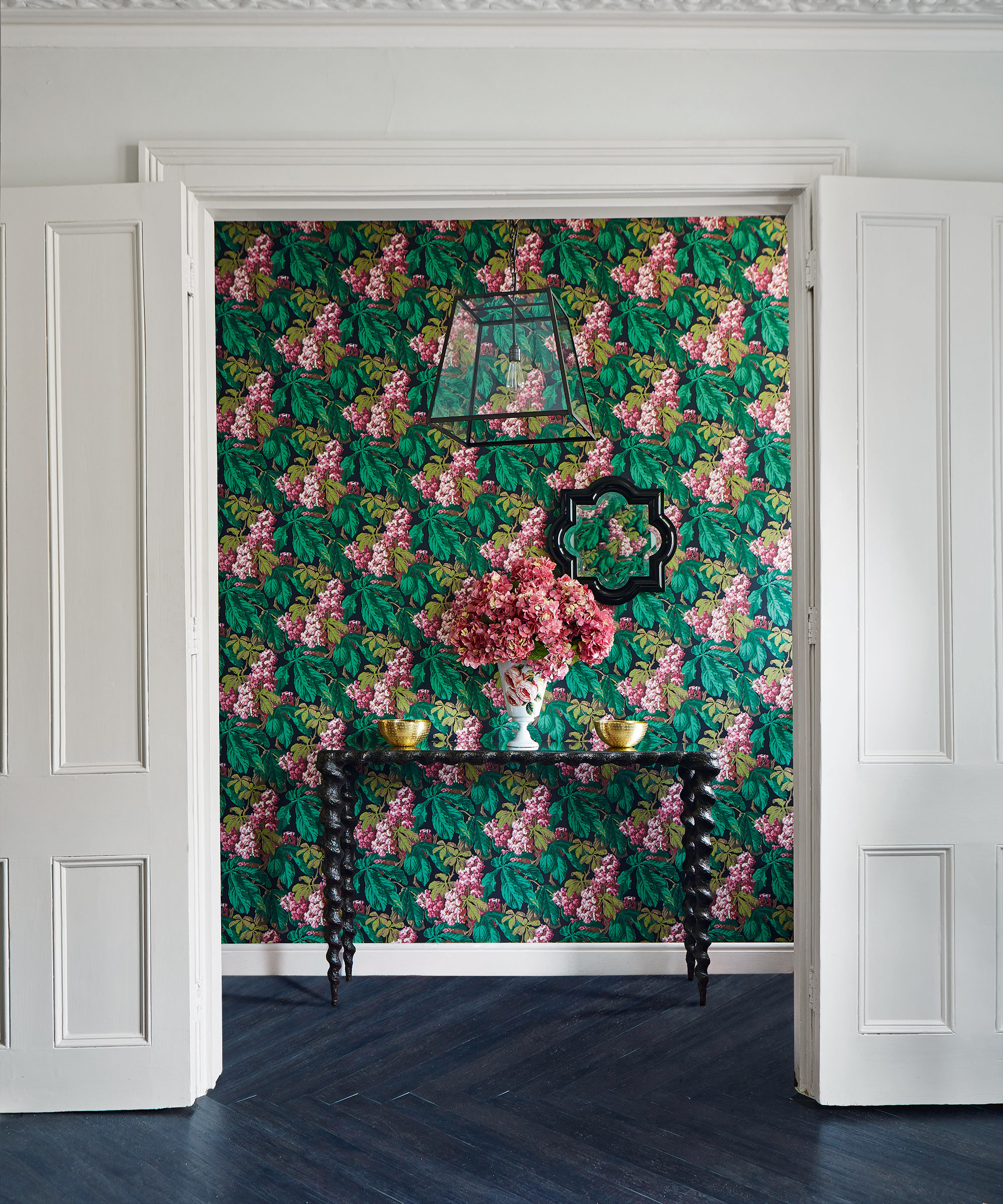
Both vinyl and laminate can be cost-effective flooring options. ‘Vinyl is generally cheaper than other flooring options, with peel-and-stick or click-lock installation methods that are accessible to DIYers,’ says Ron Shimek.
Laminate, too, is affordable and it is possible to save on fitting costs. ‘Click-lock designs make DIY installation easier,’ says Jennifer Rogers.
Vinyl and laminate both have merit. ‘Often, comparing vinyl versus laminate is about juggling priorities,’ says Elissa Hall. ‘While laminate's textured surface frequently feels more like genuine wood underfoot, appealing to people wanting an authentic touch, vinyl's waterproof properties make it the preferred choice for areas with dampness.’ Whichever you opt for, though, high-quality versions are the answer to enjoying all the flooring’s best properties.







